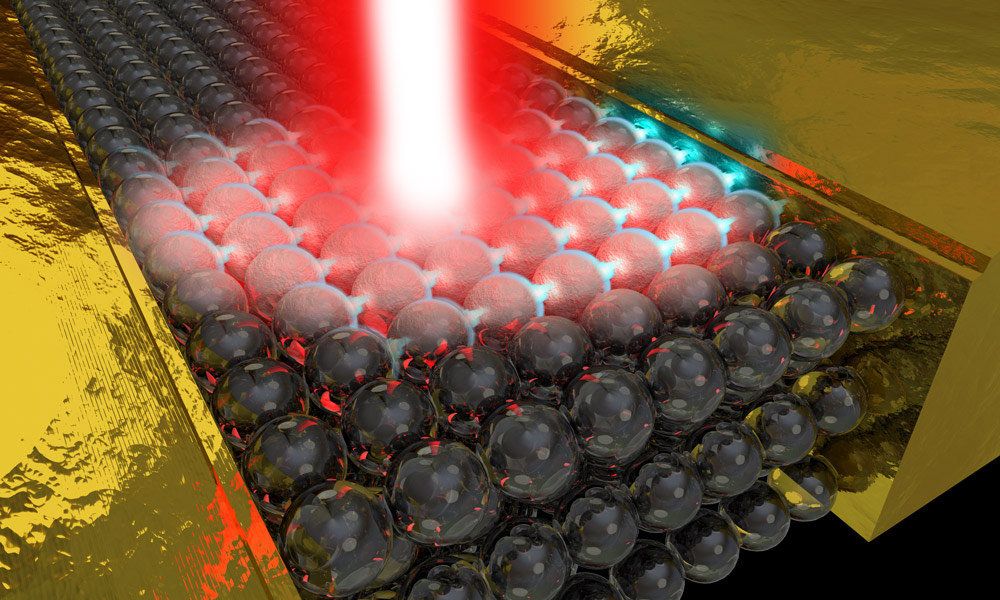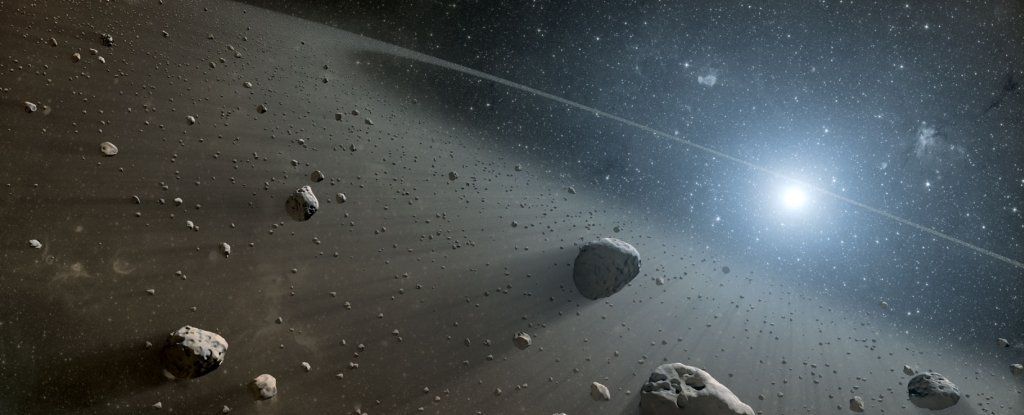Today we will be taking a look at some of the stories people tell themselves to help them pretend aging is not a problem.
If you ask most people what they think about aging, they will shrug their shoulders and say that it is a natural process. With complete tranquility on their faces, they will agree that, yes, in old age, we are haunted by many diseases, but nothing can be done about it, so it makes no sense to worry about it while you are young and healthy. Just live your life.
Then, the conversation will turn towards an even stranger direction: they will start looking for something good about aging – for example, that it ensures a change of generations, prevents society from becoming stuck in obsolete ideas, and, in general, is the engine of evolution. They’ll explain that the notion of death gives meaning to life and makes us accomplish as much as possible in the little time we have.
Here’s the intriguing part. If you ask the same people what they felt when they first encountered the concept of aging and death from old age, they remember that they were frightened. They were not happy with the answers to “Mom, are you gonna get old and die?” and “Will I die too?” Many people remember that they cried bitterly after this conversation and were filled with sorrow for several days.



